The Ford 427 Side Oiler, an iconic engine from the 1960s, remains a symbol of American automotive innovation and racing prowess. This powerhouse not only revolutionized car design but also played a pivotal role in motorsports history. Today, the 427 Side Oiler is highly sought after by collectors, who value its engineering excellence and historical significance.
History of the Ford 427 Side Oiler
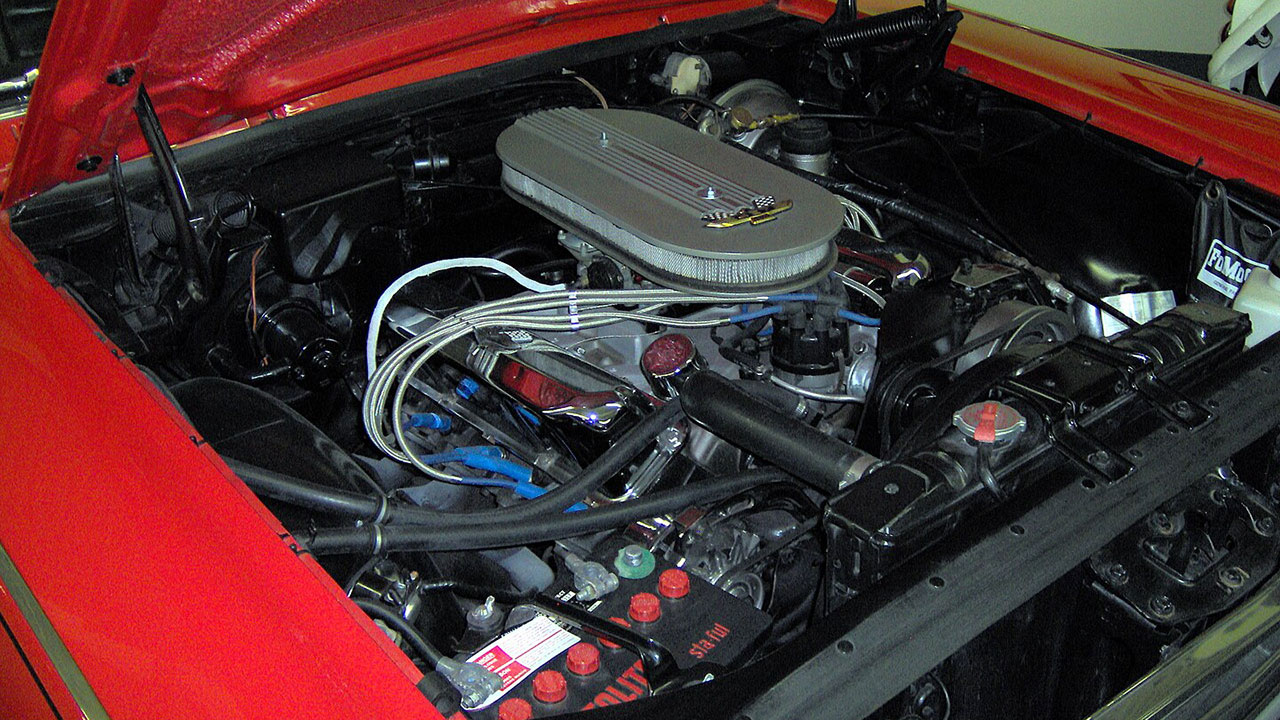
Origins and Development
The Ford 427 Side Oiler was born out of the need for a robust engine capable of dominating the racetrack. In the early 1960s, Ford engineers focused on developing an engine that could withstand the rigors of competitive racing. This led to the creation of the Side Oiler, which featured an innovative oiling system that ensured consistent lubrication under high-stress conditions. The engine quickly became a cornerstone of Ford’s racing efforts, particularly in NASCAR and endurance racing.
The Side Oiler was not just an engineering marvel; it was a strategic asset in Ford’s pursuit of racing dominance. During the 1960s, the engine powered vehicles that competed in some of the most prestigious races, such as the 24 Hours of Le Mans and the Daytona 500. Its success on the track helped cement Ford’s reputation as a leader in high-performance automotive engineering.
Key Years of Production
Ford produced the 427 Side Oiler from 1965 to 1968, a brief yet impactful period that left a lasting legacy in the automotive world. This timeline marked a series of milestones, including the engine’s introduction in the Galaxie and its subsequent use in the legendary Ford GT40, which famously won the 24 Hours of Le Mans. The Side Oiler’s production ended as Ford shifted focus to newer engine models, but its influence continued to resonate.
The transition away from the 427 Side Oiler happened as automotive technology advanced and emissions regulations began to shape engine design. Despite its relatively short production run, the engine’s impact on both motorsports and Ford’s lineup was profound, setting the stage for future innovations.
Technical Specifications and Features
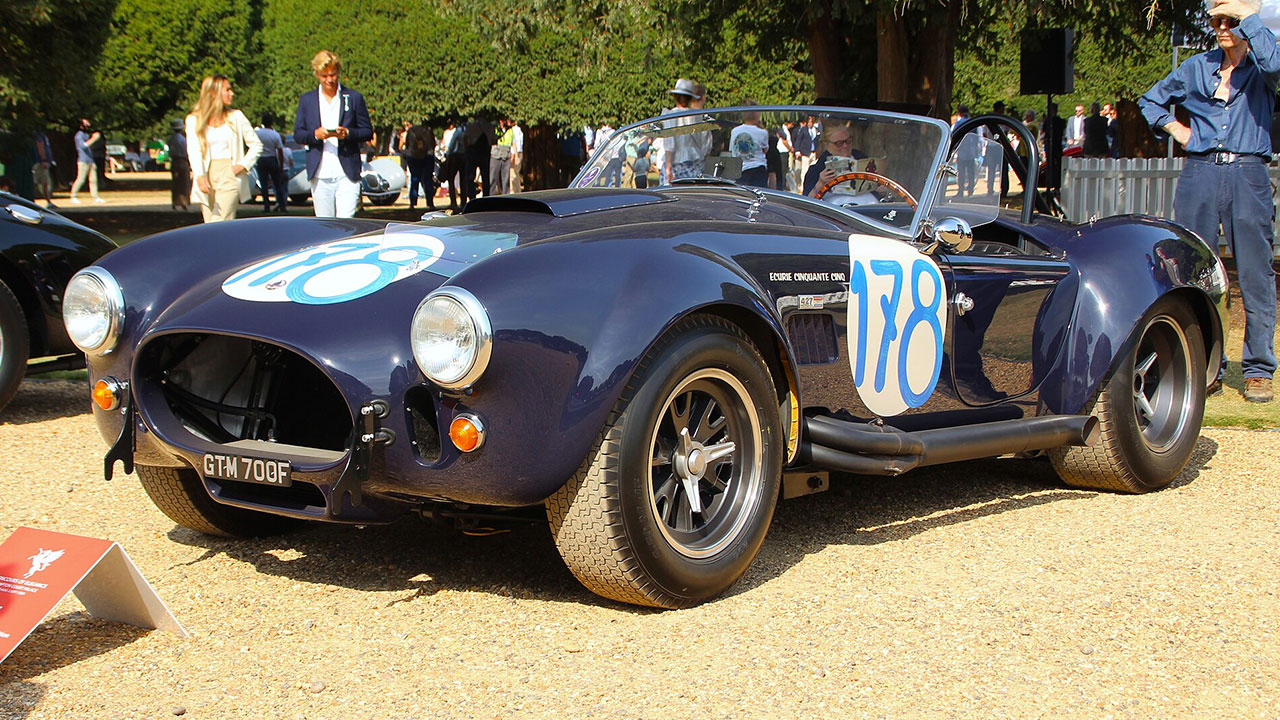
Distinctive Engineering Characteristics
One of the most notable features of the 427 Side Oiler was its unique oiling system. Unlike traditional engines where oil is supplied primarily to the camshaft first, the Side Oiler directed oil directly to the crankshaft, ensuring better lubrication at high RPMs. This design provided a significant advantage in racing, where engine durability and reliability are paramount.
When compared to other Ford engines of the era, the Side Oiler stood out for its robust construction and performance capabilities. Its high-strength block and precision engineering made it a favorite among racers and car enthusiasts alike. The engine’s design elements were a testament to Ford’s commitment to pushing the boundaries of automotive engineering.
Performance in Motorsports
The 427 Side Oiler’s track record in motorsports was nothing short of impressive. It powered numerous race cars to victory, including the iconic Shelby Cobra, which leveraged the engine’s power to dominate the competition. The Side Oiler’s ability to perform consistently under extreme conditions helped it secure a place in racing history.
Notable vehicles like the Ford GT40, which utilized the 427 Side Oiler, achieved legendary status with their racing successes. The GT40’s triumphs at Le Mans in 1966 and 1967 were made possible in part by the engine’s capabilities, further solidifying its reputation as a game-changer in the world of motorsports.
Collector Values and Market Trends
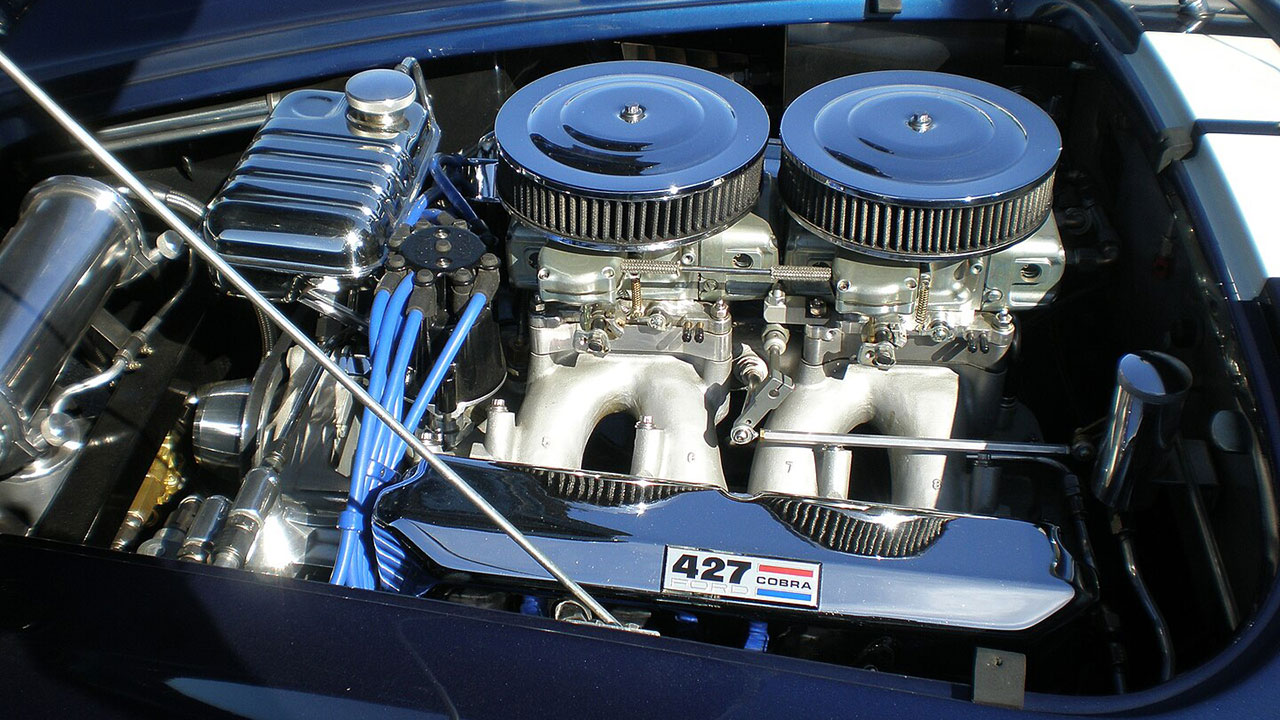
Current Market Value
Today, the Ford 427 Side Oiler is a prized possession among collectors, with its market value reflecting its historical significance and engineering excellence. Prices for these engines can vary significantly, with factors like condition, provenance, and rarity playing a crucial role in determining value. As the years pass, the 427 Side Oiler continues to appreciate, driven by its storied past and enduring appeal among enthusiasts.
Investing in a Classic
For collectors considering investing in a 427 Side Oiler, it is essential to understand the intricacies of acquiring and maintaining such a classic engine. Prospective buyers should seek engines with verifiable histories and, if possible, original components. Proper preservation and restoration are critical to maintaining the engine’s value, with attention to detail being paramount.
Legacy and Cultural Impact
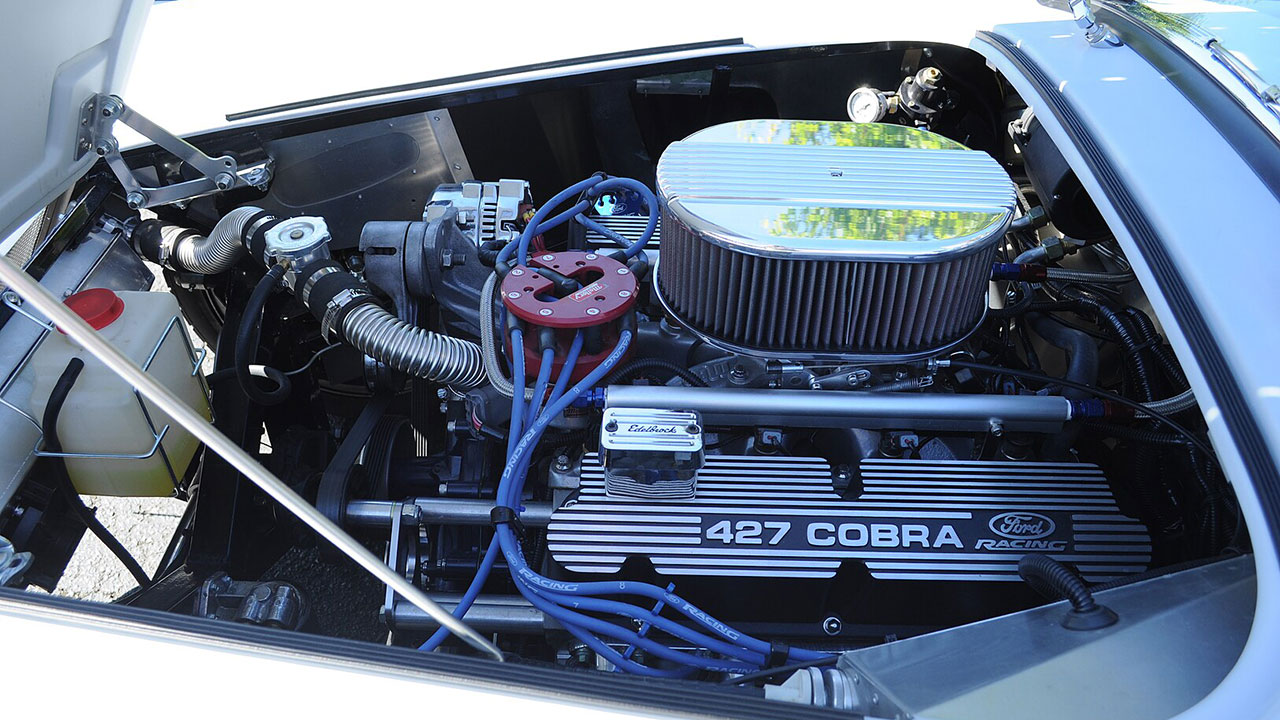
Influence on Automotive Culture
The Ford 427 Side Oiler left an indelible mark on automotive culture, shaping Ford’s brand image and contributing to its storied history. It represented the pinnacle of performance during its time, and its success on the track helped forge the “Total Performance” ethos that defined Ford in the 1960s. The engine’s cultural significance extends beyond racing, as it has been celebrated in various media, from films to automotive literature.
Its portrayal in popular culture, such as the film “Ford v Ferrari,” has introduced the 427 Side Oiler to new generations, ensuring its legacy endures. The engine’s story continues to captivate audiences, highlighting its role in one of the most exciting eras of motorsport.
Enduring Enthusiast Community
The 427 Side Oiler has inspired a passionate community of collectors and enthusiasts who are dedicated to preserving its legacy. Events like classic car shows and gatherings provide opportunities for enthusiasts to celebrate and share their love for this legendary engine. The community’s dedication ensures that the 427 Side Oiler remains a vibrant part of automotive history.
For those looking to join this community, participating in events and connecting with fellow enthusiasts can be a rewarding experience. Whether it’s through online forums or in-person meetups, the camaraderie and shared appreciation for the 427 Side Oiler foster a sense of connection among car lovers.
Like Fast Lane Only’s content? Be sure to follow us.
Here’s more from us:
*Created with AI assistance and editor review.




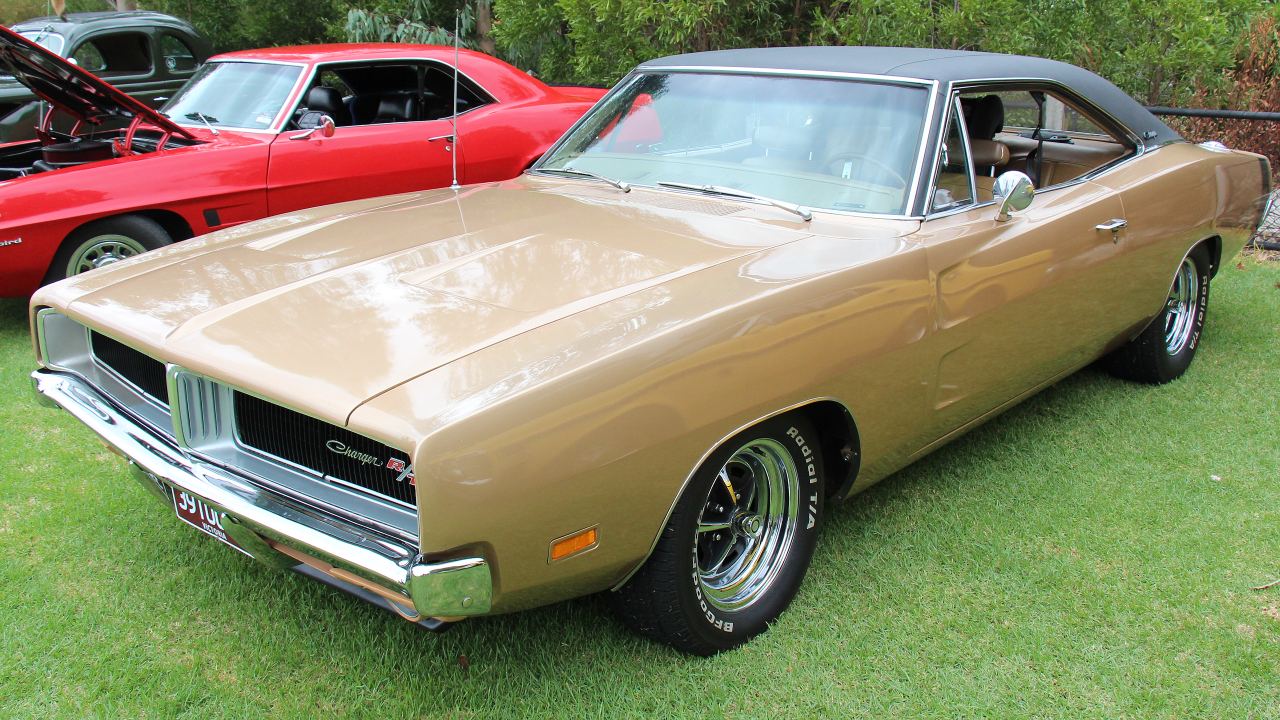


Leave a Reply